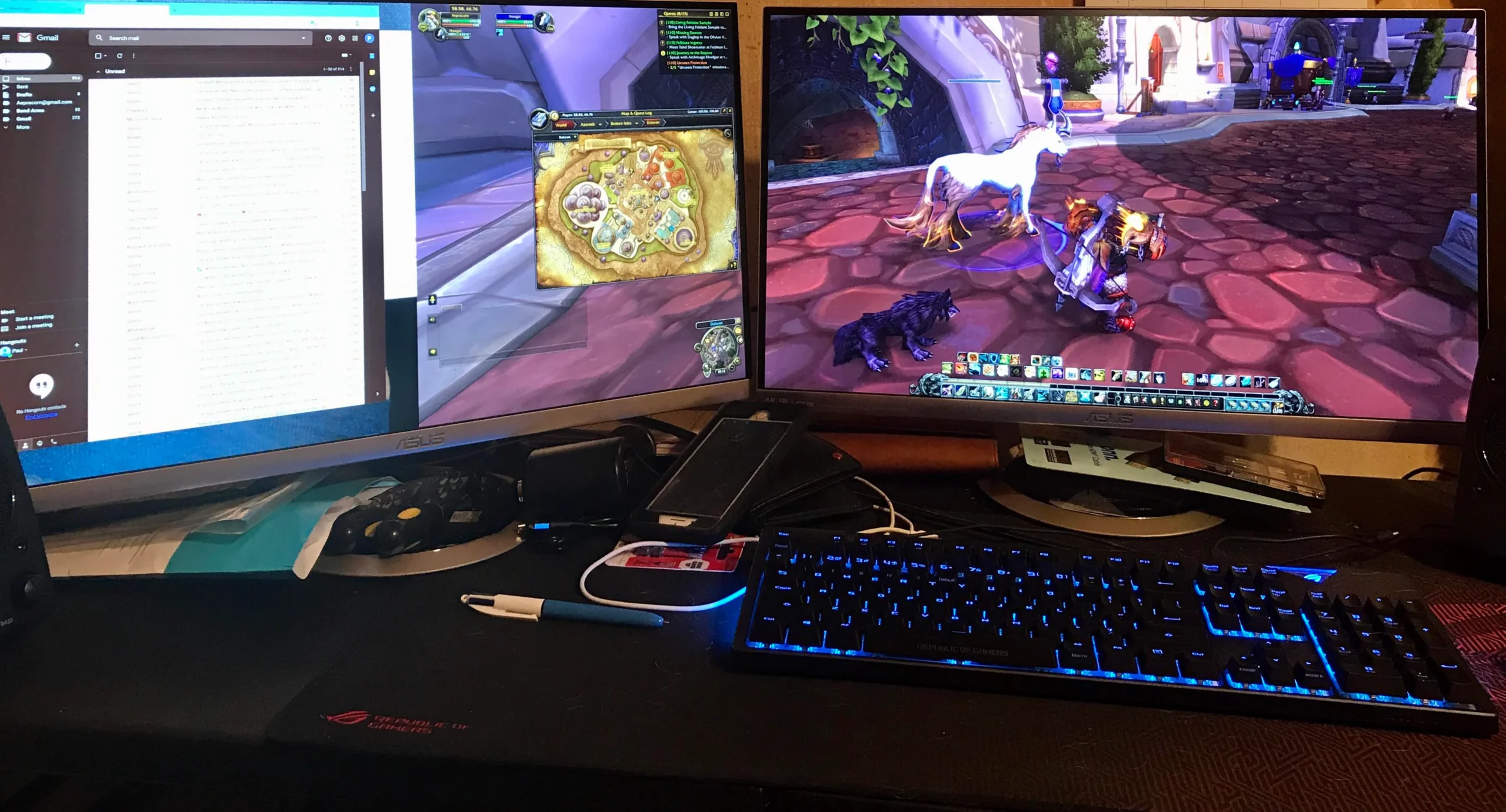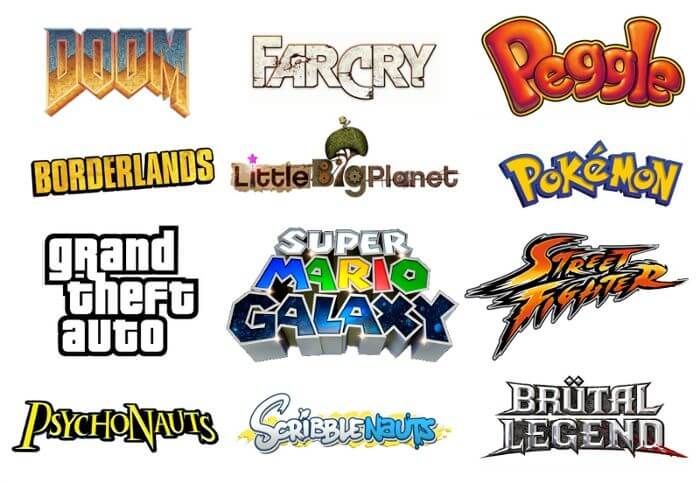In the vast and captivating world of indie game development, creativity knows no bounds. As an aspiring game developer, you possess the power to bring your unique vision to life. However, the journey from inspiration to a fully realized indie game can be a challenging one. This article aims to guide you through the process of finding exceptional ideas for your indie game, while emphasizing the importance of game development, style, and lore.
Immerse Yourself in Game Development
Besides the well-known game engines like Unity, Unreal Engine, Godot, and Construct, there are several lesser-known game engines that cater to specific needs or have a smaller user base. These engines may be worth exploring, depending on your preferences and project requirements. Here are a few examples:
- GameMaker Studio: GameMaker Studio is a versatile game engine that allows users to create both 2D and simple 3D games. It features a drag-and-drop interface, as well as a scripting language called GML (GameMaker Language) for more advanced functionality. GameMaker Studio offers a balance between ease of use and flexibility, making it popular among indie developers.
- RPG Maker: As the name suggests, RPG Maker is focused on creating role-playing games (RPGs). It provides a user-friendly interface for designing 2D RPGs without extensive programming knowledge. RPG Maker offers pre-built assets, tilesets, and character sprites, along with event scripting to create custom gameplay mechanics specific to RPGs. Read our article on How to make indie game in RPG Maker.
- Clickteam Fusion: Clickteam Fusion is a game development tool that emphasizes ease of use and rapid prototyping. It utilizes a visual event system called Event Editor, which allows you to create logic and interactivity through a series of predefined events and actions. Clickteam Fusion supports both 2D and simple 3D game development and has a dedicated community that shares resources and tutorials.
- Cocos2d: Cocos2d is a framework for creating 2D games across multiple platforms. It provides a lightweight and efficient solution for developing games using various programming languages such as C++, JavaScript, and Lua. Cocos2d offers extensive documentation, community support, and a range of tools to streamline the game development process.
- LÖVE: LÖVE (also known as Love2D) is an open-source framework specifically designed for creating 2D games in Lua. It provides a simple yet powerful API that allows developers to focus on game logic and design. LÖVE has an active community that contributes libraries, examples, and tutorials to assist developers in their projects.
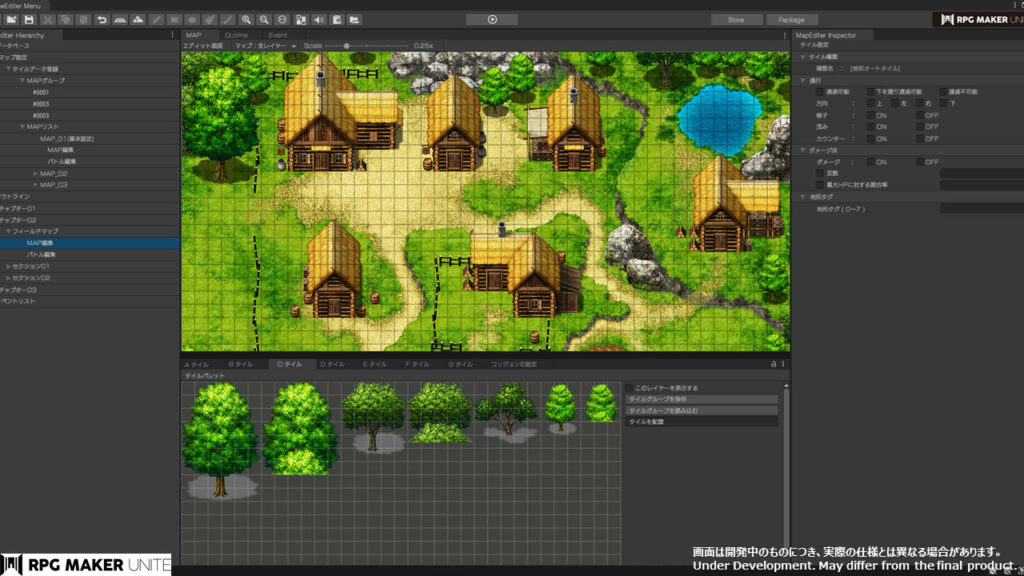
Remember, the popularity of a game engine does not necessarily dictate its quality or suitability for your specific needs. Lesser-known game engines may offer unique features, smaller learning curves, or a more niche focus that aligns perfectly with your project requirements. Exploring these lesser-known engines can often lead to interesting discoveries and opportunities for creativity in your indie game development journey.
Find Your Unique Style
Developing a distinctive visual style is essential for indie games to stand out in the saturated market. Experiment with different art styles, be it pixel art, hand-drawn illustrations, or 3D graphics. Discover your strengths and preferences and let them guide your artistic direction. Consider the mood, atmosphere, and emotions you want to evoke in players when crafting your visuals.
Remember, your style should be an extension of your game’s core concept and gameplay mechanics. A coherent and visually appealing art style can enhance immersion and make a lasting impression on players.
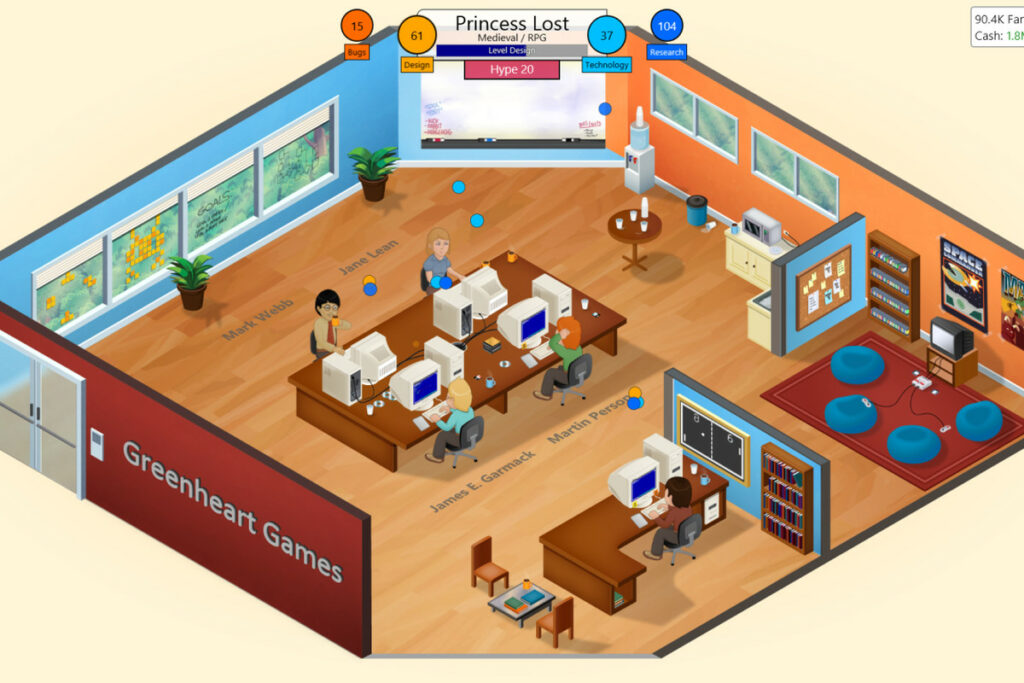
Developing your own unique style is a crucial aspect of indie game development. It is an opportunity to leave your mark on the gaming landscape and differentiate your game from others. Here’s a paragraph on the importance of developing your own style:
When it comes to indie game development, having a distinct and recognizable style can make your game stand out in a crowded market. Your style encompasses various elements, including visuals, audio, storytelling, and gameplay mechanics. It reflects your creative vision and personal expression as a developer. Developing your own style allows you to create a cohesive and immersive experience that resonates with players. It becomes your signature, giving your game a sense of identity and making it memorable. Your style can range from a specific art direction, a unique gameplay mechanic, a particular narrative approach, or even a combination of these elements. By investing time and effort into honing your style, you can create games that captivate players and leave a lasting impact.
- Visuals: Visual style plays a significant role in shaping the overall look and feel of your game. It involves the choice of art direction, color palette, character design, environmental details, and user interface aesthetics. Whether you opt for pixel art, realistic graphics, a hand-drawn style, or something entirely unique, visuals have the power to evoke emotions, create immersion, and enhance the player’s experience.
- Audio: Sound design and music are vital components of game development. Audio elements, such as background music, ambient sounds, character voices, and sound effects, contribute to the atmosphere and immersion of your game. Consider the impact of audio cues on gameplay, the emotions you want to evoke, and how the soundscape can enhance the overall experience. Well-crafted audio can heighten tension, create a sense of wonder, and establish a strong connection between the player and the game world.
- Storytelling: Storytelling in games adds depth and engagement. It involves crafting narratives, character development, dialogues, and plot progression. Think about the themes, conflicts, and motivations that drive your story. Consider different storytelling techniques, such as branching narratives, non-linear storytelling, or interactive dialogue systems. A compelling and well-executed story can immerse players, evoke emotions, and provide a memorable experience that keeps them invested in your game.
- Gameplay Mechanics: Gameplay mechanics define the rules, interactions, and challenges that players encounter within your game. From combat systems to puzzles, exploration, platforming, and resource management, gameplay mechanics determine how players engage with your game and its core mechanics. Consider innovative and unique mechanics that align with your game’s vision and style. Strive for a balance between accessibility and depth, allowing players to have fun while providing challenges that keep them engaged.
By carefully crafting each of these elements to align with your personal style and vision, you can create a cohesive and immersive experience for players. Remember, these elements are interconnected, and they should work in harmony to deliver a memorable and engaging indie game.
Dive into the Depths of Lore
Lore breathes life into your game’s universe, captivating players with its rich narratives and deep history. Spend time crafting a compelling backstory for your game. Consider the world’s origins, significant events, and influential characters. Delve into the lore to create a sense of intrigue and wonder, enticing players to explore every nook and cranny of your game’s universe.
When constructing your lore, think about how it can intertwine with gameplay elements. Use lore to inspire unique mechanics, quests, and character interactions. Building a cohesive and immersive world will leave players eager to unravel its mysteries.
- Fantasy Lore: In a fantasy game, you could create a lore-rich world filled with mystical creatures, magic, and ancient civilizations. Develop a history that includes mythical wars, powerful artifacts, and legendary heroes. Weave tales of kingdoms, rival factions, and prophecies that shape the destiny of the realm. This lore could explore themes of good versus evil, quests for hidden treasures, and the rise of unlikely heroes.
- Science Fiction Lore: In a science fiction game, you can craft a futuristic lore set in space or a technologically advanced society. Create a detailed universe with intergalactic alliances, alien races, and advanced technologies. Develop the lore around scientific discoveries, conflicts between factions, and the exploration of new planets. Dive into themes like artificial intelligence, cyborgs, and the ethical dilemmas of technology. The lore can revolve around uncovering ancient mysteries or the struggle for survival in a dystopian future.
- Post-Apocalyptic Lore: In a post-apocalyptic game, construct a lore where civilization has collapsed due to a catastrophic event. Imagine a world ravaged by a deadly virus, nuclear war, or environmental catastrophe. Describe the struggles of surviving communities, the rise of new factions, and the search for resources. Unveil the mysteries of what caused the apocalypse and create a sense of hope in a desolate world. Explore themes of resilience, survival, and the human spirit in the face of adversity.
- Historical Lore: Set your game in a specific historical era and develop a lore inspired by real events and figures. Transport players to ancient civilizations like ancient Egypt or Rome, medieval Europe, or feudal Japan. Explore the political intrigues, conflicts, and cultural nuances of that time. Incorporate historical figures, mythologies, and legendary battles. This lore can provide educational insights while offering an immersive and engaging experience.
- Urban Fantasy Lore: In an urban fantasy game, blend elements of the supernatural with the modern world. Craft a lore where mythical creatures coexist with humans in hidden societies or parallel dimensions. Build a rich tapestry of magical organizations, supernatural beings, and secret societies. Explore themes of magic, destiny, and the balance between the mundane and the extraordinary. Create a lore that brings ancient myths into the bustling streets of a contemporary city.
These are just a few examples of the diverse lore possibilities for indie games. Remember to develop a cohesive and engaging narrative that immerses players in a unique world, filled with compelling characters, rich histories, and thought-provoking themes.
Embrace Collaboration and Feedback
Game development is a collaborative journey, and seeking feedback is invaluable to refining your ideas. Engage with fellow developers, join game development communities, and participate in game jams to connect with like-minded individuals. Share your concepts and seek constructive criticism to improve your game’s design.

Collaboration can lead to unexpected synergies and spark new ideas. Don’t be afraid to bounce ideas off others or even consider working with a team to bring your vision to life. The exchange of ideas can ignite your creativity and push your game to new heights.
From the initial stages of game development, it is beneficial to engage with your target audience and potential fans. Building a community around your game early on allows you to gather feedback, harness the power of collaboration, and create a sense of ownership among your supporters. Social media platforms provide excellent opportunities to connect with players, share updates, and involve them in decision-making processes. By regularly sharing development progress, concept art, or behind-the-scenes insights, you can keep your fans excited and build anticipation for your game’s release. Encourage open communication and actively seek feedback on gameplay mechanics, art direction, and overall player experience.
This iterative feedback loop enables you to refine and improve your game, ensuring it resonates with your target audience. Collaborating with fans not only creates a sense of community but also fosters a sense of loyalty and support, which can be instrumental in the success of your indie game.
Summing up – start with a brief and perfectly – with a plan
Finding exceptional ideas for your indie game is an exciting and multifaceted process. Immerse yourself in the world of game development, seek inspiration from diverse sources, and analyze successful indie games. Cultivate your unique style to create captivating visuals that set your game apart. Develop a rich lore that immerses players in a compelling universe. Finally, embrace collaboration and feedback to refine your ideas and unlock the true potential of your indie game masterpiece. Remember, the possibilities are limitless, and your imagination is the ultimate guide on this extraordinary journey.
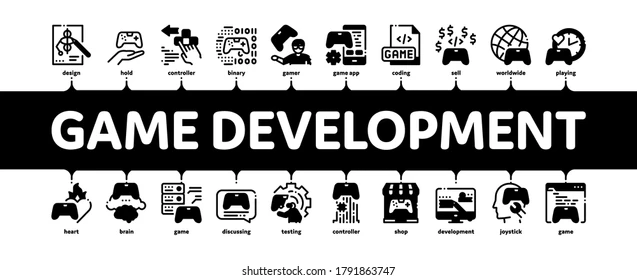
When starting your journey into indie game development, it is often wise to begin with a simple game concept rather than attempting to create a complex masterpiece right away. Developing a simple game allows you to focus on mastering the essential aspects of game development, such as gameplay mechanics, level design, and player feedback.
By keeping the scope manageable, you can better understand the development process, learn from your mistakes, and gain experience in iterating and refining your game. This approach also enables you to release a polished and complete game within a reasonable timeframe, building your confidence and establishing a foundation for future projects. As you gain more expertise, you can gradually expand your game’s complexity and introduce additional features. Remember, simplicity in game design can often lead to elegance and accessibility, making it easier for players to engage with and enjoy your creation.


